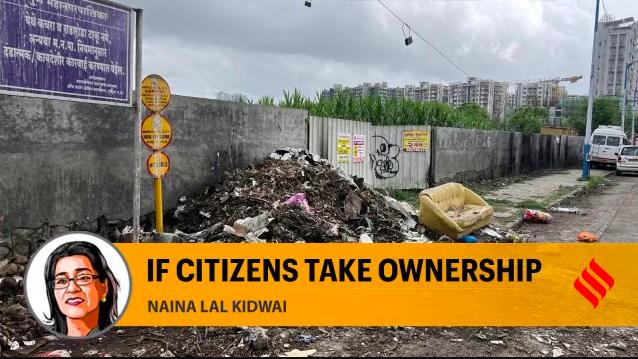Swachh Bharat Mission will be sustainable only when citizens take ownership

A single broken window can crack the foundation of a neighbourhood, so goes the “broken windows” theory. Introduced in the early 1980s by social scientists James Q Wilson and George L Kelling, the theory suggests that visible signs of disorder and neglect, such as broken windows, graffiti or litter, can encourage further crime and anti-social behaviour in a community. The basic idea is that if small problems like vandalism and littering are ignored, they lead to a general decline in the quality of life. Such is the power that our environment has on human consciousness.
There is far less cognitive dissonance in throwing an empty bag of chips on a littered street. A behaviour we would never dare consider in one setting becomes acceptable in another. There are countless social experiments that prove that our surroundings can influence our behaviour. These may include physical stimuli, symbols, formal and informal communications, behavioural recommendations and social demonstrations of acceptable behaviour. This is why the “Swachh Bharat Mission” (SBM), has been laying a great deal of emphasis on “visible cleanliness” along with construction of toilets, and management of solid and liquid waste.
By ensuring visible cleanliness, we create a conducive environment for people to stop littering. For example, under the SBM, Karaikal Municipal Corporation, Puducherry, tapped into the traditional art of making Kolams to transform garbage vulnerable points (GVPs). There are several such success stories of reclaiming GVPs and turning them into beautiful public spaces.
